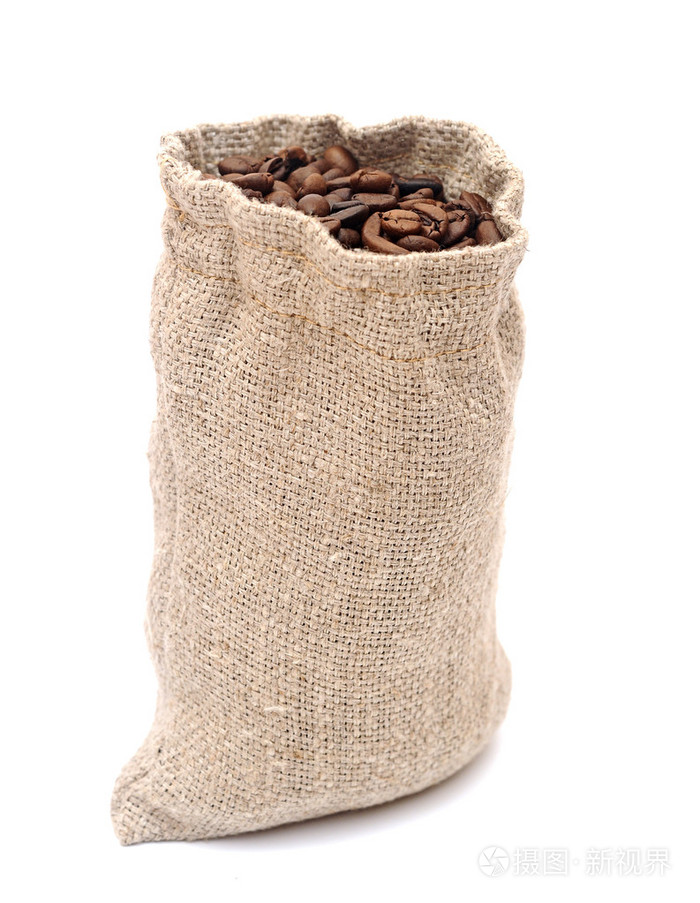Exploring the Sustainable Benefits of Green Jute in Eco-Friendly Products
The Versatility and Sustainability of Green Jute
In recent years, the global push for sustainability has led to a growing interest in environmentally friendly materials. One such material that has garnered attention is green jute. Often referred to as the “golden fiber,” jute is a bast fiber harvested from the plants Corchorus olitorius and Corchorus capsularis. It is not only biodegradable and environmentally friendly but also a versatile material with a wide range of applications.
Jute is predominantly cultivated in tropical regions, particularly in countries like India and Bangladesh. The cultivation process requires minimal chemical fertilizers and pesticides, making it one of the most sustainable crops available. Jute plants thrive in waterlogged fields, which contributes to their long-standing reputation as a rain-fed crop. The fibers are harvested twice a year during the monsoon season, ensuring a continuous supply. This agricultural practice not only provides livelihoods for millions of farmers but also plays a crucial role in carbon sequestration, helping mitigate climate change.
One of the most significant advantages of green jute is its versatility. It can be spun into strong, coarse threads, which are then woven into textiles. Jute fabrics are commonly used for making bags, carpets, and decorative items. The growing concern over plastic pollution has prompted many businesses to shift their focus to jute, leading to a surge in the production and popularity of jute bags. These biodegradable alternatives are not only stylish but also durable, significantly reducing the environmental footprint compared to their plastic counterparts.
green jute

Beyond textiles, green jute has found its way into various industries
. In construction, jute fibers are used to produce eco-friendly composite materials, often employed in reinforcing concrete. This innovative approach enhances the structural integrity of buildings while minimizing the use of harmful materials. Additionally, jute is being explored in the packaging sector. Its natural strength makes it an ideal candidate for robust packaging solutions, especially for agricultural products, further supporting the circular economy.Furthermore, the use of green jute in the fashion industry is on the rise. Designers are increasingly incorporating jute into their collections, highlighting its natural appeal and eco-friendliness. By promoting sustainable fashion, these initiatives not only showcase the vibrant potential of jute but also raise awareness about the importance of responsible consumption.
On a broader scale, the cultivation and utilization of green jute contribute significantly to rural development. As a cash crop, jute farming empowers local communities and strengthens economies in rural areas. It provides farmers with a reliable source of income while reducing dependency on monoculture farming, which can lead to soil degradation and increased vulnerability to climate change.
In conclusion, green jute represents more than just a sustainable alternative to synthetic materials; it embodies a movement towards environmental responsibility and innovation. With its myriad applications ranging from textiles to construction, green jute is not only versatile but also a catalyst for change in how we perceive and utilize natural resources. As consumers continue to seek out sustainable solutions, the future of green jute looks promising. Embracing this golden fiber can lead to a more sustainable economy, support rural livelihoods, and help safeguard our environment for future generations. By choosing green jute, we can play a part in the ongoing journey toward a more sustainable world.
Share
-
The Best Lubricants for Aluminum Roller GuidesNewsJul.23,2025
-
Slitting Machine Applications in the Packaging IndustryNewsJul.23,2025
-
Rolling Roller Balancing Techniques for Smooth OperationNewsJul.23,2025
-
How To Optimize An EV Battery Assembly LineNewsJul.23,2025
-
Energy Efficiency in Modern Battery Formation EquipmentNewsJul.23,2025
-
Automation Trends in Pouch Cell Assembly EquipmentNewsJul.23,2025







